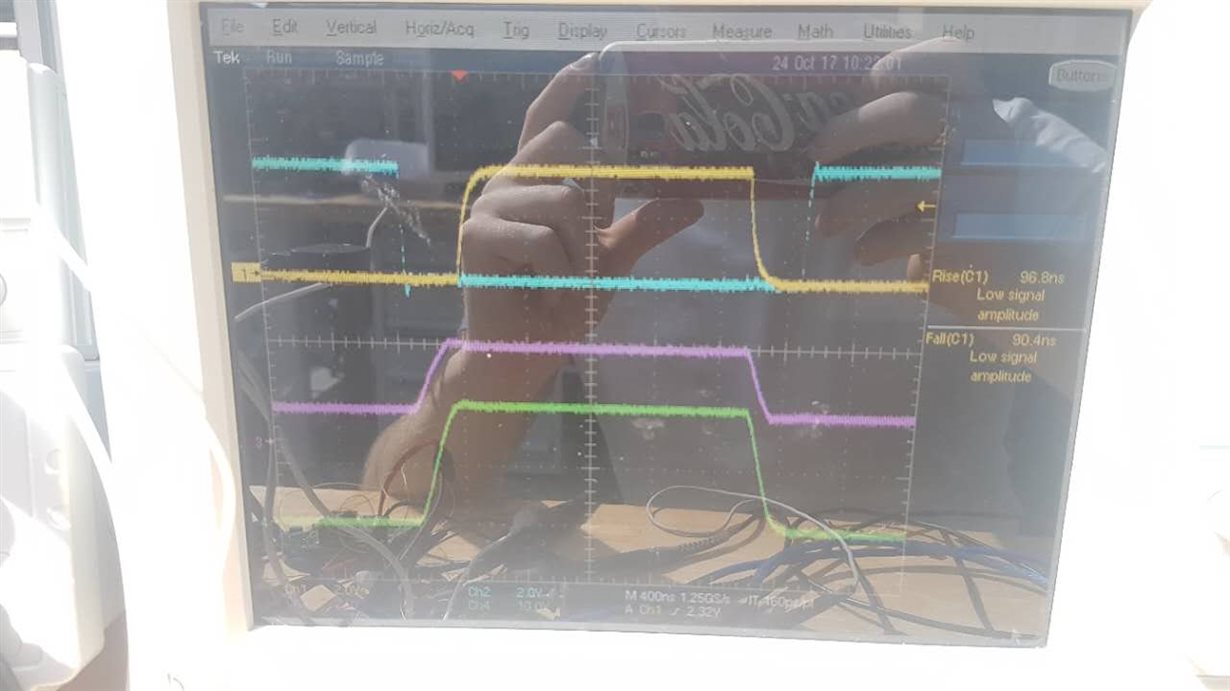Hello,
See my circuit below,
I'm seeing high temperatures with minimal load on the mosfets (few watt's). When I turn up the load the mosfet driver keeps getting hotter and hotter until it gets too hot and shuts down.
I have seen case temperatures of 100 degrees Celsius +.
My application is as follows:
Input pwm is CMOS level, 500kHz , phase shift 180 degrees between Li and HI , 5 cycles of deadtime (at FSW).
The power pad is connected to 4 layers of ground plane. The boards stays around 34 degrees celcius. It is really the mosfet driver that heats up so much.
What can i do to solve this problem ? simply add some more cooling to it or slow down the switching ?
.







